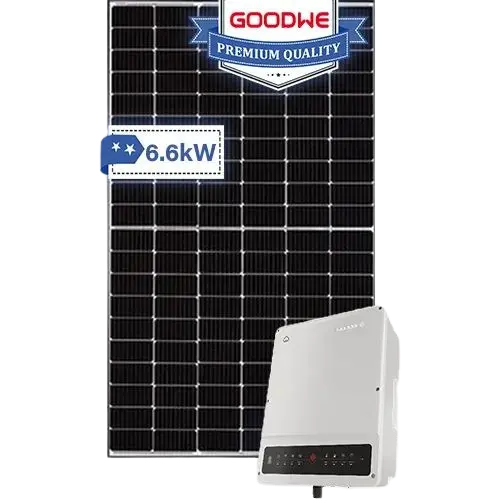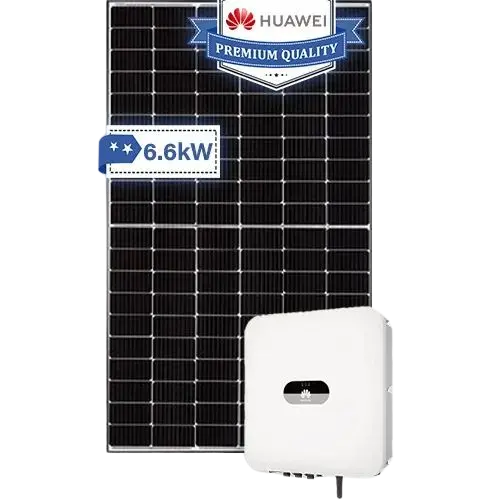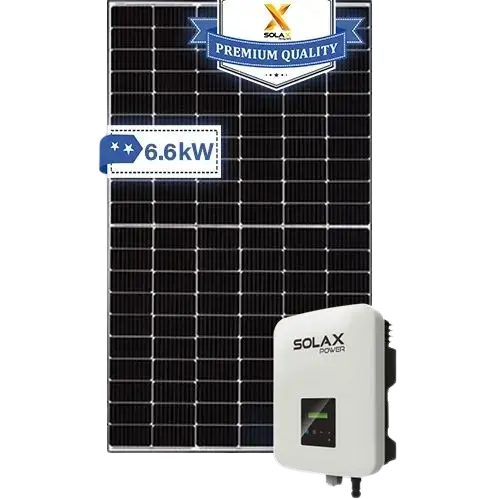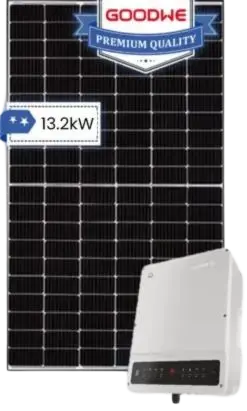If it is not possible to go with a northern orientation, west is the next best option. Compared to the north though, expect the panels to produce about 12% less electricity. However, the panels can produce more power in the afternoon, reaching their maximum output an hour and a half after noontime. Additionally, just before sunset, it will generate electricity about a quarter of the maximum. West is ideal for those with air conditioning units to be used during the summer, making it an excellent option for Perth homes as well.









